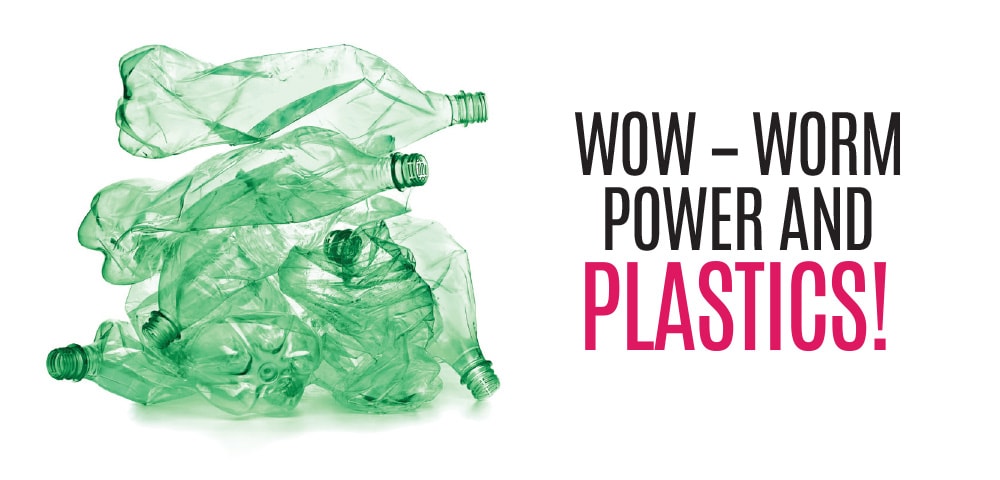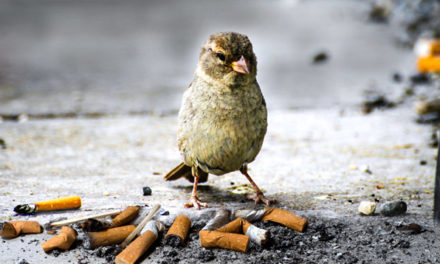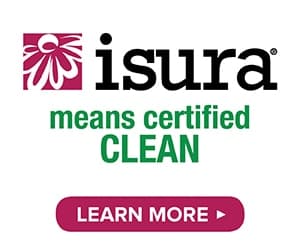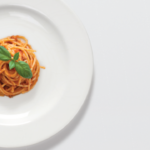
At WV magazine, we rarely jump for joy, but this study made it hard for us to contain our excitement!
The lowly white wax worm – the larval form of the greater wax moth – may prove a mighty ally when handling Earth’s growing and seemingly intractable problem with plastics. Researchers found that the species’ drool breaks down hard, sturdy polyethylene many times faster than other currently used approaches.
The benefits of white wax worm saliva to break down plastic is phenomenal news. Plastic recycling is somewhere between a fraud and a farce, leaving most of us unaware of how so much carefully sorted plastic ends up not in reuse, but in landfills. And not because they cannot be recycled. The issue is many are composed of several polymer types, so it is almost impossible to recycle different plastics together as they melt at different temperatures.
Yet, the white wax worm’s drool could lead scientists to new ways of biodegrading plastic. According to a report by the BBC, there are two enzymes in white wax worm saliva that can work at room temperature and do more destruction to plastic in just an hour than years of outdoor weathering. The worm’s trick, the researchers say, is that its saliva expeditiously gets oxygen into
PE plastics that are notoriously tough to oxidize.
New techniques inspired by worm drool research could result in industrial processes for degrading plastic. But they could also someday spur the creation of small kits that might be used at home to deal with our own plastic waste.














